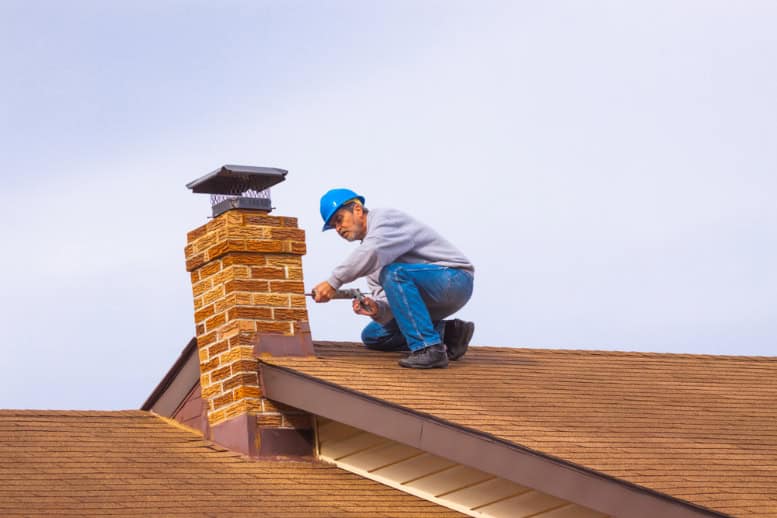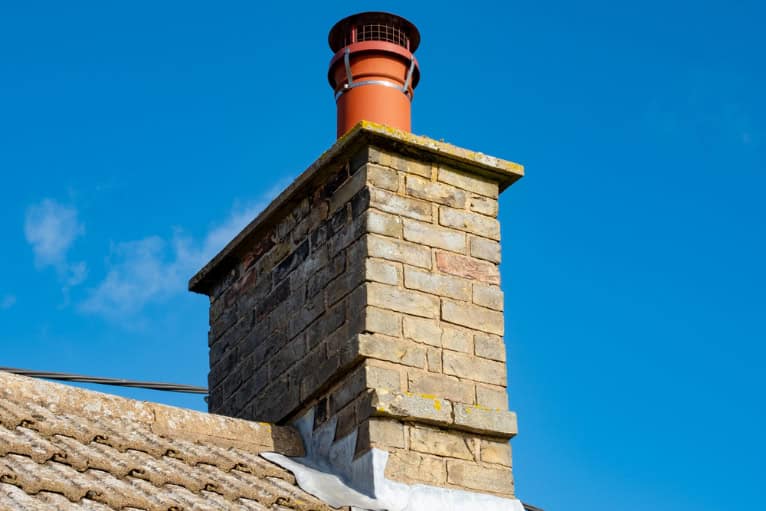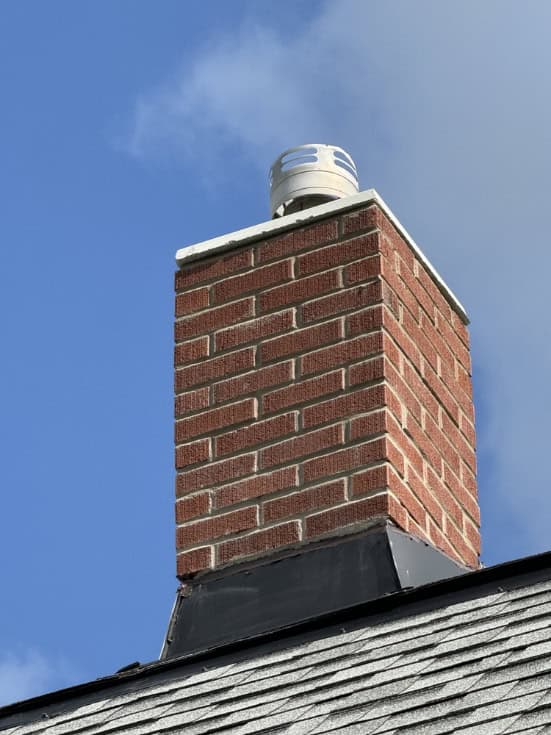Our CSI-certified technicians locate the source and fix leaking chimneys permanently the first time.

Hear from Our Customers

Water stains disappear. That musty smell goes away. You stop worrying every time it rains.
When your chimney stops leaking, everything changes. No more buckets in the living room during storms. No more wondering if that water damage is getting worse behind the walls. No more calling different contractors who can’t figure out where the water is actually coming from.
You get back to using your fireplace without concern. Your home value stays protected. Most importantly, you have confidence that the problem is actually solved – not just covered up until next season.
Our team has been fixing chimney leaks in Rhode Island since 2000. Every technician is CSI certified through the Chimney Safety Institute of America.
Most chimney companies guess at leak sources. CSI certification means systematic inspection methods that actually locate where water enters your system. This training makes the difference between a repair that lasts and one that fails next winter.
Pascoag homeowners deal with unique challenges from coastal weather and freeze-thaw cycles. After 20+ years in this area, there isn’t a leak scenario we haven’t encountered and solved permanently.

First, we complete an inspection to identify every potential water entry point. This isn’t just looking at obvious spots – it’s checking flashing, crown condition, masonry joints, and cap integrity systematically.
Next comes the actual repair work. Whether it’s fixing chimney flashing, rebuilding deteriorated crowns, or addressing brick porosity issues, each problem gets the right solution. No shortcuts or temporary patches.
The final step involves testing and verification. Before considering the job complete, we verify that water can’t penetrate the system under actual weather conditions. You get documentation of what was found and exactly how it was corrected.

Ready to get started?
Every chimney leak repair includes thorough flashing inspection and replacement when needed. Flashing failures cause most chimney water problems, especially around step flashing and cricket areas where the chimney meets the roofline.
Crown and cap issues get addressed with proper materials and techniques. Many leaks start with deteriorated chimney crowns that let water into the masonry system. Professional crown repair or replacement stops this infiltration permanently.
Masonry restoration handles cases where water has penetrated through the brick or mortar joints. This includes repointing, waterproofing treatments, and structural repairs when water damage has compromised the chimney’s integrity. Each repair comes with material warranties and workmanship guarantees.
